Resources
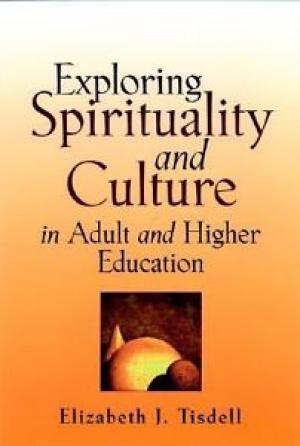
"Exploring Spirituality and Culture in Adult and Higher Education is written from the unique perspective of teacher, researcher, and author Elizabeth Tisdell, who has extensive experience dealing with culture, gender, and educational equity issues in secular adult and higher education classrooms, and formerly in pastoral and religious education settings on college campuses. This book discusses how spiritual development is informed by culture and how this knowledge is relevant to teaching and learning. For educators, an understanding of how spirituality is informed by culture, and how spirituality assists in meaning-making, can aid in their efforts to help their students' educational experiences become more transformative and culturally relevant." Throughout this book, Elizabeth Tisdell shows higher and adult educators how they can draw on both psychological and sociocultural aspects of spirituality to facilitate ongoing knowledge construction in their students - and themselves. For example, educators and students can use classroom activities that incorporate image, symbol, music, and art forms that focus on both the commonalities and differences of human experience. (From the Publisher)
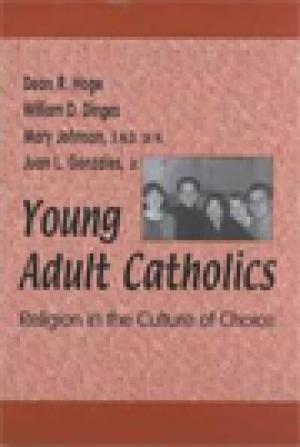
"Leaders of the American Catholic community want to and need to reach out to young adults. But effective ministry to young adults depends on an understanding of the attitudes and the needs of the current generation of Catholics in their 20s and 30s. This is why Dean Hoge, William Dinges, Mary Johnson, and Juan Gonzales began their study of young adult Catholics. How do they actually live their Catholicism? Are they alienated from the church? Are they cynical about the church's moral teachings? Do they take the pope's statements seriously? Do they attend Mass? Have significant numbers left for other churches? Do they want Catholic education for their children?" Seeking answers to these and other questions, the authors conducted a national survey in 1997, supplemented by a telephone survey and then by personal interviews with over 800 men and women across the country. The interviews put a human face on the information provided, and they form a compelling part of this timely narrative. Of special interest is the focus on Latino Catholics. The authors underscore observations that include the strength and tenacity of Catholic identity in spite of many challenges, the high level of personal decision making among those interviewed and surveyed, and the readiness of young Catholics for institutional reforms. (From the Publisher)
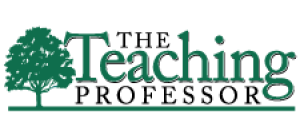
Journal Issue.

The Peaceable Classroom first defines a pedagogy of nonviolence and then analyzes certain contemporary approaches to rhetoric and literary studies in light of nonviolent theory. (From the Publisher)
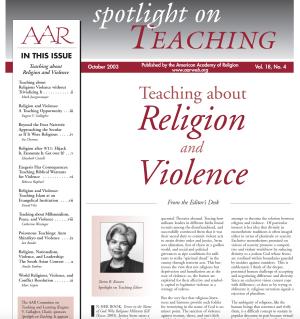
Journal issue. Full text is available online.

Journal issue. Full text is available online.

Journal issue. Full text is available online.
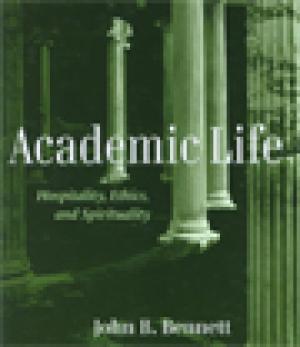
In this profound look at the academy, John Bennett reminds us that our leadership decisions always presuppose our philosophies of life and that understanding precedes practice. How we understand the communities we lead informs the many practical judgments we make about directions to take, structures to create, processes to initiate, and values to uphold. Bennett argues that faculty may understand their departments or institutions in one of two ways: as simply aggregations of individuals or as communities of intertwined persons. From these views, two different leadership values and positions emerge. The first disposes us toward seeing academic conflict as inevitable and elevates heroic leadership styles where power is understood in terms of advancing one agenda over competitors. The second underwrites leadership as supporting openness to others and emphasizes the vital contributions that can follow. By providing specific illustrations of the two modes of leadership and the nature of hospitality and openness, Academic Life presents a strong platform from which to build a rich and rewarding academic community. (From the Publisher)
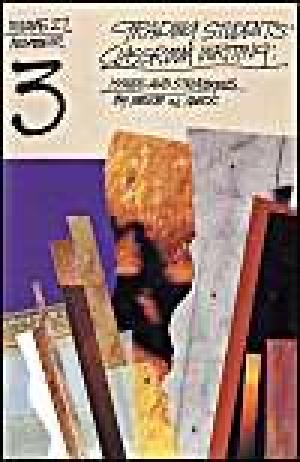
This report explores the connection between the process of writing and the process of grading. It also explains how to construct effective writing assignments, resolve issues of fairness and professional judgment, include students in the process of assessment, and provide effective feedback to students as they revise their writing. Speck synthesizes the best practices in teaching and learning to help faculty and part-time instructors envision grading as a process, not a product. (From the Publisher)
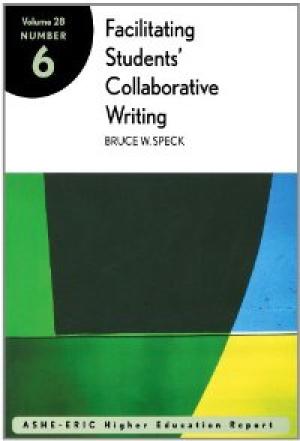
Collaboration is interwoven in the writing process in both obvious and subtle ways--from a writer using the language that he or she inherited, to referring to the works of other writers both explicitly and implicitly, to writing together with a colleague. In this book, the author explains that collaborative writing can be a useful pedagogical tool professors can use to help students actively learn about the subject matter and about themselves. (From the Publisher)